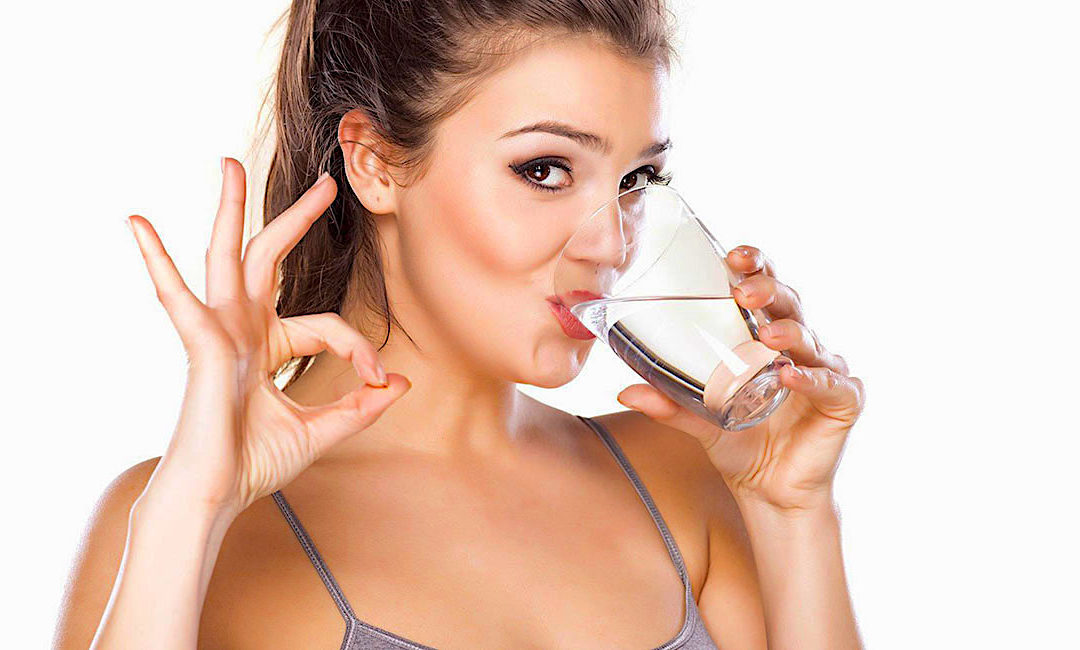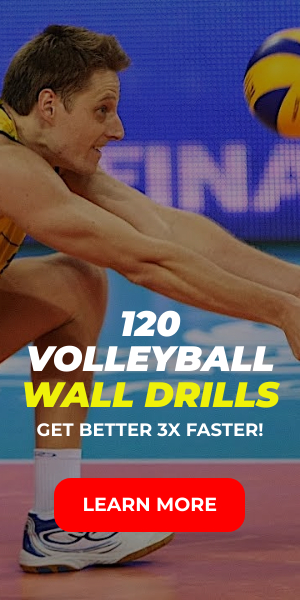Keeping hydrated is a crucial part of training in any form. Without proper hydration your body is unable to perform at its maximum; and even more importantly, if you fail to keep hydrated you could end up doing some real damage to your body.
If you allow yourself to become dehydrated then both your physical and mental state can deteriorate rapidly. This can often bring lasting after effects.
What is dehydration?
With water making up nearly two thirds of the human body it clearly plays a huge part in the way that we function. The water within our bodies helps to lubricate our eyes, eliminate toxins within our skin and importantly for sporting purposes it keeps our joints moving freely.
When you start to feel thirsty that’s your body telling you that you’ve lost around 1-2% of its water content. Dehydration occurs when you lose more than this. Whenever you start to feel thirsty it’s imperative that you take on fluids; especially when training.
If you’re looking to gamble then visit Greek God Slots; but if there’s one thing’s for certain, don’t gamble with your hydration levels during volleyball practice.
Training intensity
When training there’s a variety of intensities that you can be operating at; however even when taking part in a light training session the chances are your body will be losing water through sweating.
It goes without saying that the harder, or more intensely that you’re training the more your body will sweat. Baring this in mind, the harder you’re training the more water you should be taking on.
Physical condition
Looking after the physical state of your body is critical during any form of physical activity. This applies when competing competitively, on a friendly basis and even in training. The monitoring of professional volleyball players physical condition has moved on dramatically in recent years thanks to connected technology in sports.
However, for those who don’t have the luxury of statistical analysis to assess physical condition its key to monitor and assess your physical state at regular intervals.
You can find out more information about how to best hydrate your body by visiting the Natural Hydration Council.
When to take on fluids in volleyball?
In short, you should be taking on water at every given opportunity during volleyball training. Again, depending on the type of training you’re doing (and how tough your coach is) there should always be ample opportunity to do so.
If you get a chance to rehydrate say every 15-30 minutes then the recommended amount of water to take on board is between 100 -200ml. Despite these recommendations it’s important to listen to your body and provide it with a sufficient amount of water.
When it comes to taking on water in volleyball it’s not just during practice that can help your body. Leading up to training it’s important that you take on fluids during that period as well. The recommended amount up to two hours before training is between 0.5 and 1 litre.





